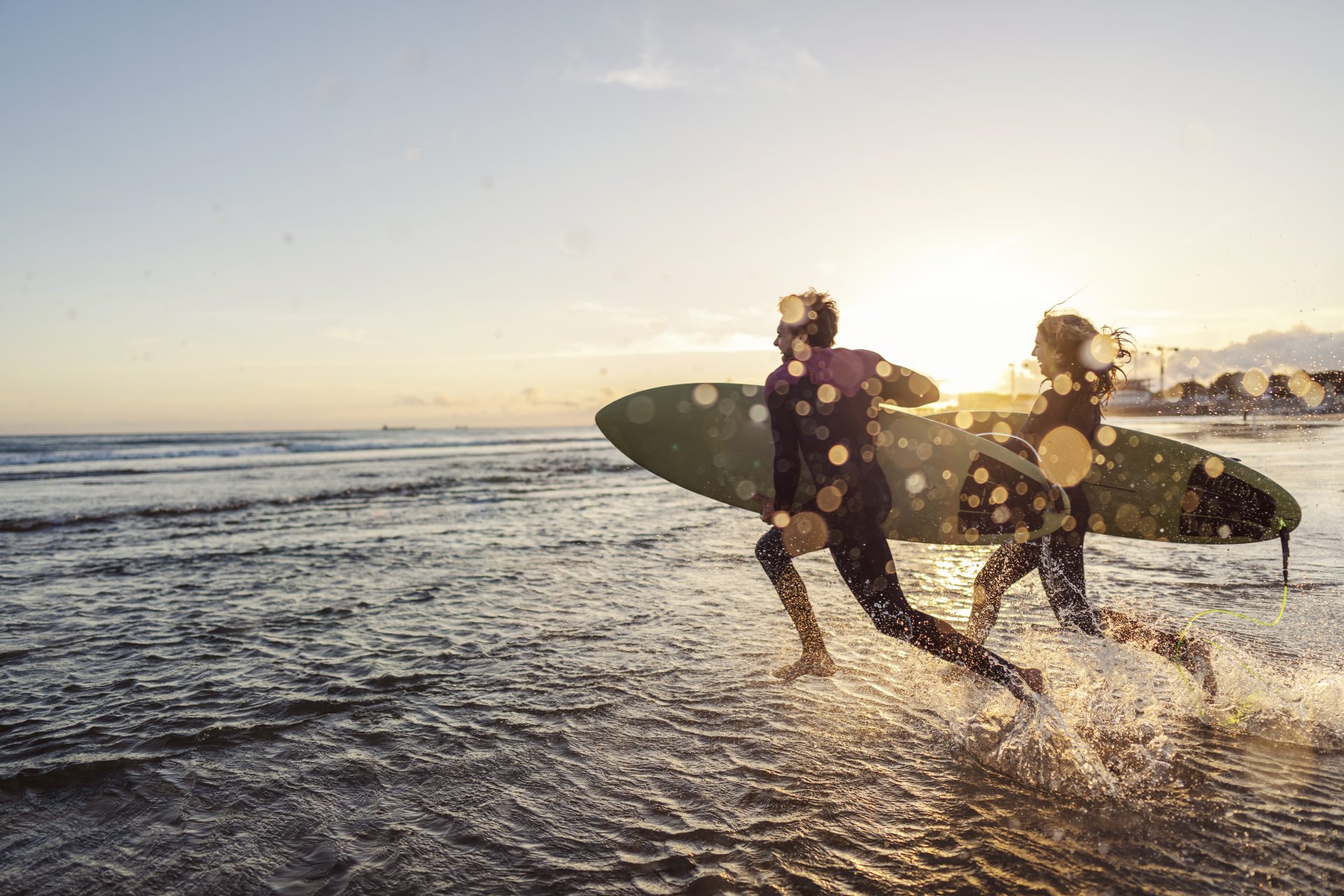Unlock Your Photoshooting Potential: Tips for Landscape Photographers
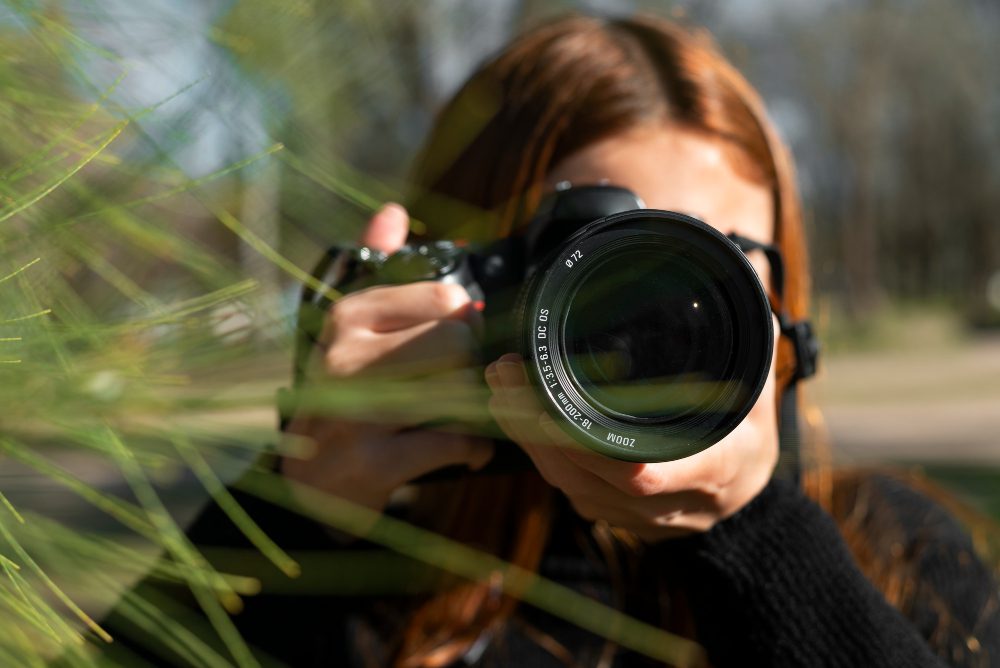

Embarking on a journey to capture the beauty of landscapes is both an art and a science. This comprehensive guide delves into the essential Tips for landscape photographers. Whether you’re a novice or a seasoned pro, these insights will elevate your photography game.
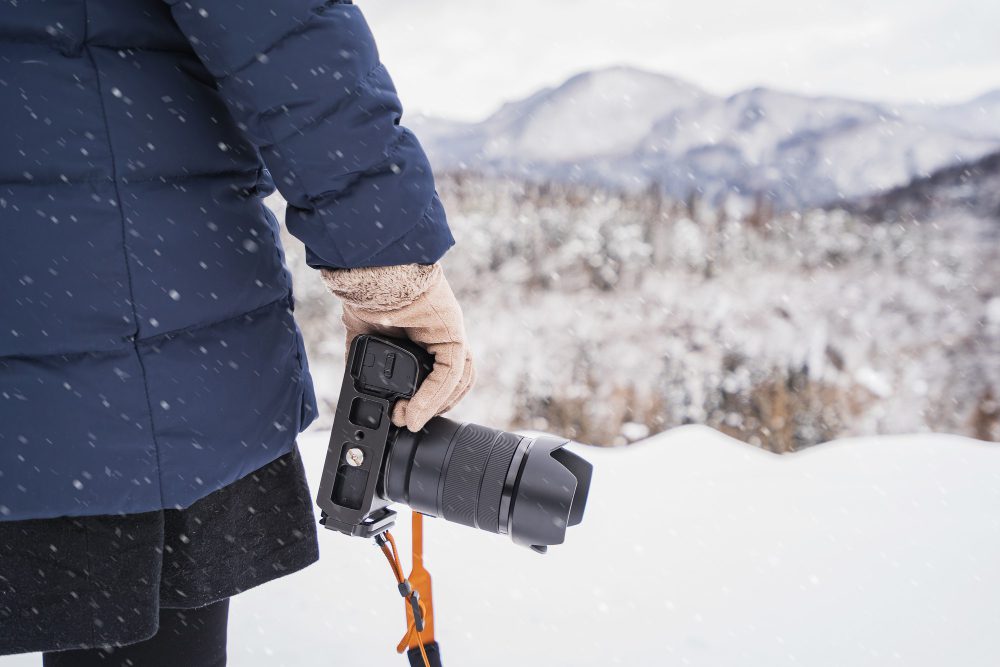


Tips for Landscape Photographers: A Closer Look
Understanding Your Gear
Investing in quality equipment is the foundation of great landscape photography. Your camera, lenses, and accessories play a pivotal role. A full-frame camera paired with wide-angle lenses can capture the vastness of landscapes, ensuring optimal results.
You can also learn how to make a drone landscape photography and videos in this amazing video:
Mastering Composition Techniques
Creating visually striking landscapes involves mastering composition. Incorporate the rule of thirds, leading lines, and framing techniques to add depth and interest to your photos. Experiment with different angles and perspectives to find your unique style.
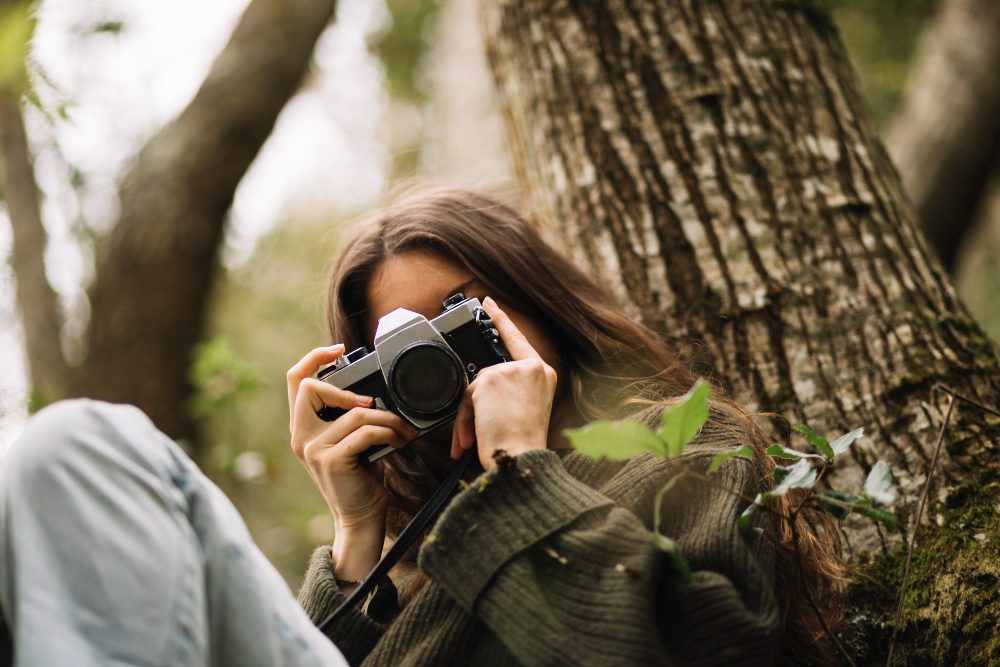


Here are some additional tips to enhance your skills in this area:
- Foreground Elements: Incorporate exciting foreground elements to add depth and context to your composition. Rocks, flowers, or other elements in the foreground can create a more immersive experience for the viewer.
- Leading Lines: Utilize natural or man-made leading lines to guide the viewer’s eye through the frame. Paths, rivers, or even a line of trees can enhance the sense of movement in your photo.
- Framing: Experiment with natural frames within your shot. Overhanging branches, archways, or even rock formations can act as a frame, drawing attention to the main subject and adding a unique touch to your composition.
- Symmetry and Patterns: Look for symmetry or repeating patterns in the landscape. This can create a sense of harmony and balance in your photos. Reflections on water surfaces or rows of trees are excellent examples.
- Rule of Thirds (and Breaking It): While the rule of thirds is a fundamental guideline, don’t be afraid to break it. Placing your main subject in the center can sometimes create a more powerful and impactful composition.
- Use of Colors: Pay attention to the color palette in your composition. Vibrant colors can draw attention, while a muted or monochromatic scheme evokes a different mood. Experiment with color combinations to find what works best for your intended message.
- Experiment with Perspectives: Change your shooting perspective to add variety to your compositions. Get low to the ground for a unique viewpoint, or try shooting from a higher vantage point to capture the landscape from a different angle.
- Negative Space: Embrace the concept of negative space. Sometimes, simplicity is key. Allowing for open, uncluttered areas in your composition can emphasize the main subject and evoke a sense of calm.
- Weather Elements: Incorporate weather elements like clouds, mist, or rain to add drama and atmosphere to your compositions. Changing weather conditions can transform the mood of your photos.
- Storytelling: Think about the story you want your photo to tell. Consider the emotional impact and narrative you want to convey through your composition. A well-told story can resonate more deeply with viewers.
Remember, practice is key to mastering composition techniques. Experiment with these tips in different settings, and over time, you’ll develop a keen eye for creating stunning and impactful landscape compositions.
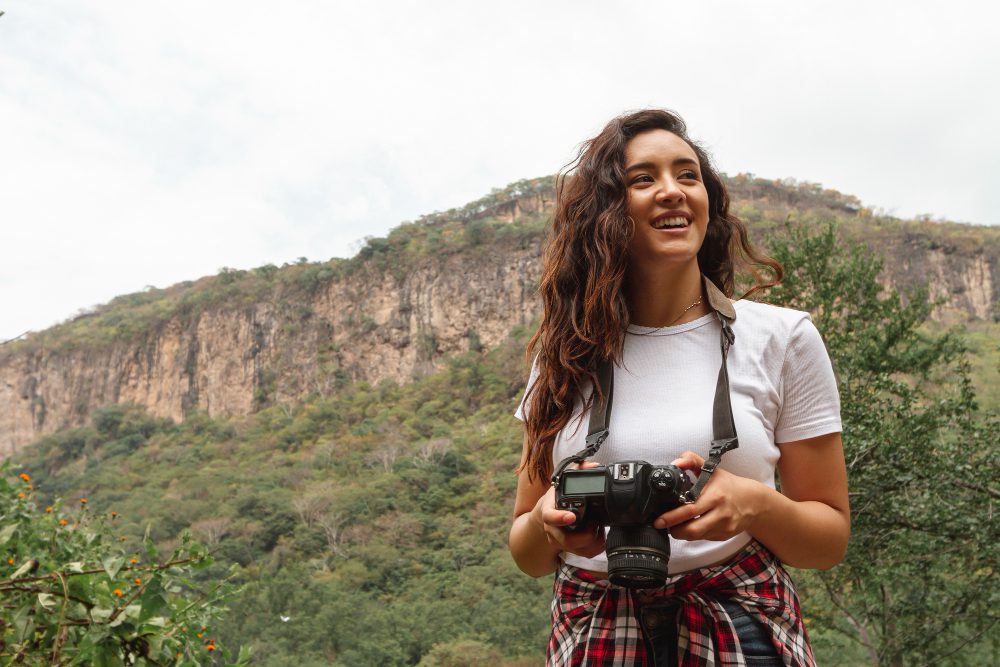


Chasing the Golden Hour
Timing is everything in landscape photography, and the golden hour—the period shortly after sunrise or before sunset—offers magical lighting conditions. Leverage the warm hues and soft shadows to infuse your landscapes with an ethereal quality.
Connecting with Nature
Successful landscape photography goes beyond technical skills. Connect emotionally with the environment. Understand each landscape’s story, and let that narrative shine through your lens. Authenticity adds a profound layer to your work.
Editing Magic: Post-Processing Tips
Post-processing is the cherry on top. Learn to finesse your images with subtle adjustments in contrast, saturation, and sharpness. Strike a balance between enhancing natural beauty and maintaining authenticity.
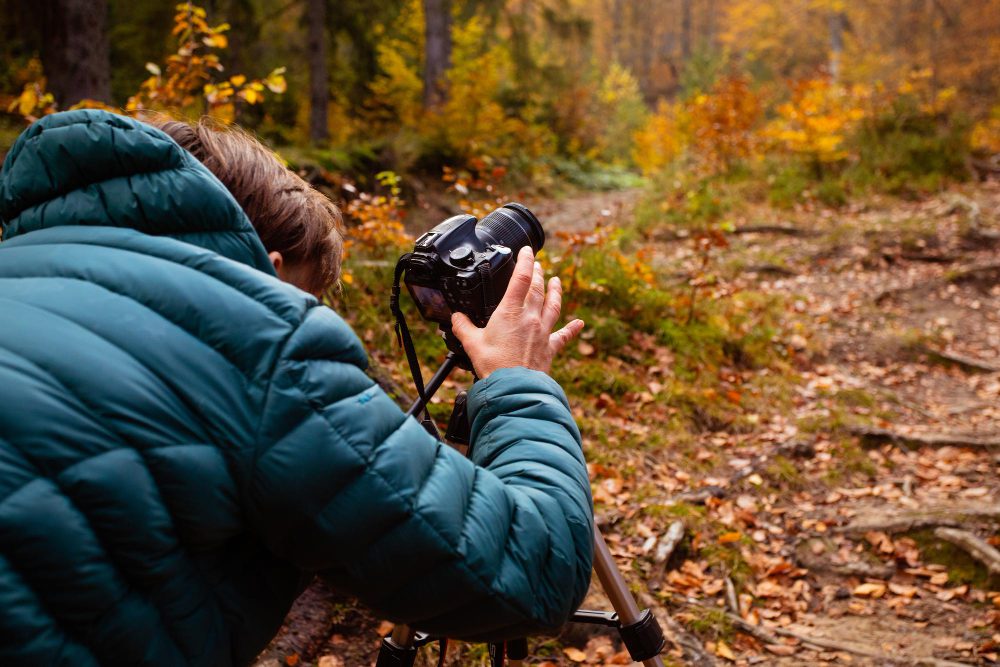


Post-processing is a crucial step in refining your landscape photos and bringing out their full potential. Here are additional post-editing tips to enhance your images:
- Adjusting Exposure and Contrast:
- Fine-tune exposure to ensure optimal brightness without losing details.
- Use contrast adjustments to enhance the difference between light and dark areas, adding depth to your photos.
- Color Correction and Saturation:
- Correct any color casts introduced by lighting conditions.
- Adjust the saturation selectively to make colors pop without oversaturating the entire image.
- White Balance Adjustment:
- Set the correct white balance to ensure accurate color representation.
- Experiment with cooler or warmer tones to evoke different moods in your landscapes.
- Sharpness and Clarity:
- Apply subtle sharpening to enhance details, especially in distant elements.
- Use clarity adjustments to add mid-tone contrast, bringing out texture in rocks, foliage, or other elements.
- Noise Reduction:
- Address any noise in your image caused by high ISO settings. Apply noise reduction sparingly to maintain image sharpness.
- Graduated Filters for Sky and Ground:
- Use graduated filters to balance exposure between the sky and the ground.
- Adjust the filter’s position and intensity to transition between the two seamlessly.
- Vignetting for Focus:
- Apply vignetting to draw attention to the center of the frame.
- Be subtle in its application to avoid unnatural-looking results.
- Lens Corrections:
- Correct distortions and chromatic aberrations introduced by your lens.
- Enable profile corrections for specific lens models in your editing software.
- Creative Cropping:
- Experiment with cropping to improve composition or emphasize specific elements.
- Maintain a balance between the overall composition and the main subject.
- Dodging and Burning:
- Use dodging to lighten areas that need emphasis selectively.
- Apply burning to darken distracting or overly bright elements.
- Addition of Filters and Overlays:
- Experiment with creative filters or overlays for artistic effects.
- Be cautious not to overuse these elements, ensuring they complement rather than overpower the image.
- Panorama Stitching:
- If applicable, stitch multiple photos together to create a panoramic view.
- Pay attention to seamless blending for a natural and cohesive result.
- Save Versions and Revisit:
- Save different versions of your edited photo.
- Revisit your edits with fresh eyes after some time to ensure you’re satisfied with the final result.
Remember, post-processing aims to enhance your image while maintaining a natural and authentic feel. You will develop your style over time, and don’t be afraid to experiment with different editing techniques to achieve the desired visual impact in your landscape photography.
Weather Challenges and Rewards
Weather can be your ally or your adversary. Embrace the challenge of capturing moody, dramatic landscapes in stormy weather. However, be prepared to adapt and seize the rewards when weather conditions align perfectly.
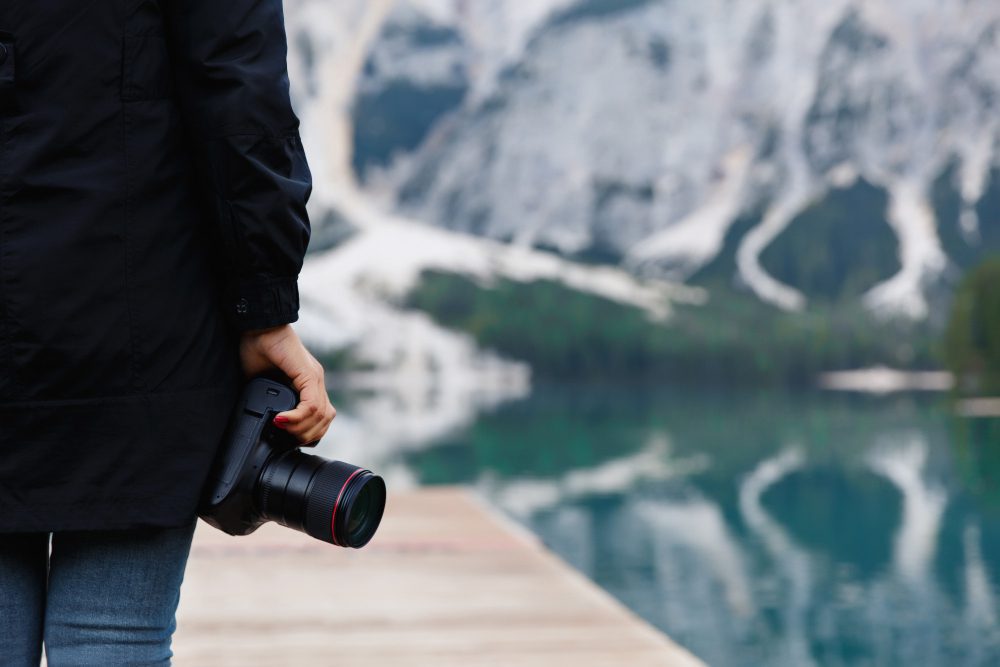


Tips for Landscape Photographers Section
To truly excel as a landscape photographer, keep these additional insights in mind:
- Invest in a Sturdy Tripod: A stable base is crucial for long exposures, ensuring sharp images.
- Experiment with Filters: Graduated ND filters can balance exposure in high-contrast scenes, enhancing overall image quality.
- Explore New Locations: Step out of your comfort zone and discover new landscapes. Variety keeps your work fresh and exciting.
Frequently Asked Questions | Tips for Landscape Photographers
How do I Choose the Right Camera for Landscape Photography?
Select a camera with a high-resolution sensor for detailed landscapes. Look for weather-sealed bodies to withstand outdoor conditions.
What’s the Ideal Aperture for Landscape Shots?
Aim for smaller apertures (higher f-stop numbers) to maximize depth of field, ensuring both foreground and background are sharply focused.
Do I Need Expensive Lenses for Landscape Photography?
While quality lenses are beneficial, you can achieve impressive results with mid-range lenses. Invest in lenses that suit your preferred landscape style.
How Can I Capture Moving Water Effectively?
Use a slower shutter speed to create a silky effect on water. Experiment with different speeds to achieve the desired look.
Is Editing Essential for Landscape Photos?
Editing is a valuable step to enhance your photos. However, strive for a balance; avoid over-editing, which can compromise the natural feel of your landscapes.
What’s the Best Way to Convey a Story in Landscape Photography?
Focus on capturing the essence of the landscape. Look for elements that evoke emotion and tell a compelling visual story.
Conclusion
Armed with these Tips for landscape photographers, you’re well-equipped to embark on a captivating journey of capturing nature’s beauty. Embrace the learning process, stay inspired, and let your passion for landscape photography shine through.
Each photo tells a story of exploration and achievement, from majestic mountain ranges to serene landscapes. Add these inspiring photo memories to your Wander Off personal collection, ensuring that the memories are preserved in vivid detail for years to come. Let the Wander Off App be your digital sanctuary, a timeless archive of the places you’ve witnessed.
Newsletter Subscription
You May Also Like
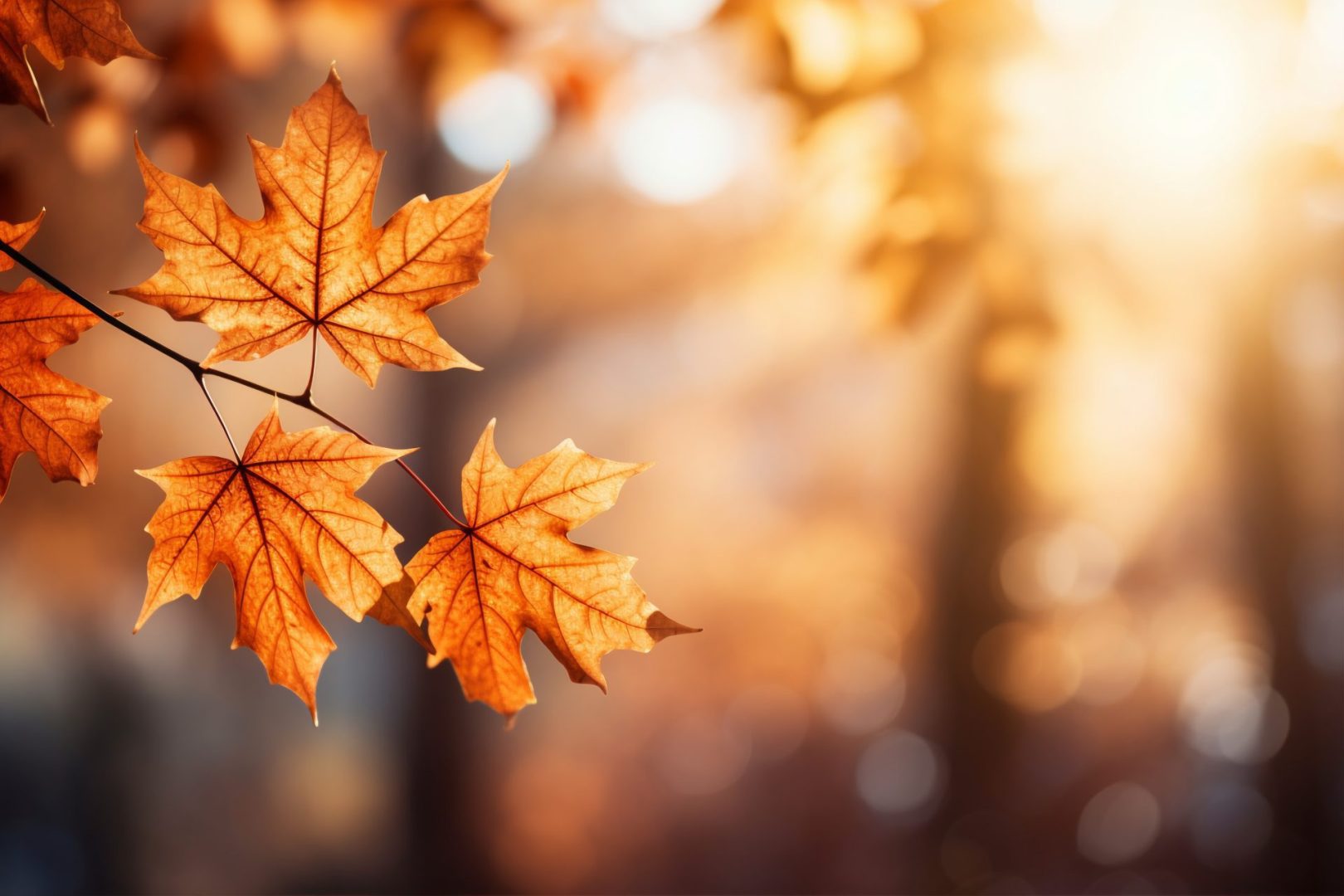

Exploring the Midwest’s Breathtaking Fall Foliage
In our quest to discover the Midwest’s most captivating fall foliage, we invite you to...

Christmas Holidays Travel Tips for Adventure Travelers
Embarking on a Christmas holiday is more than just a trip; it’s a journey filled with...